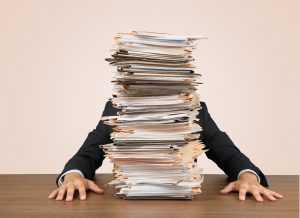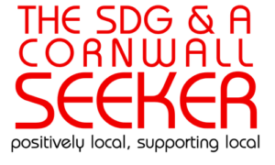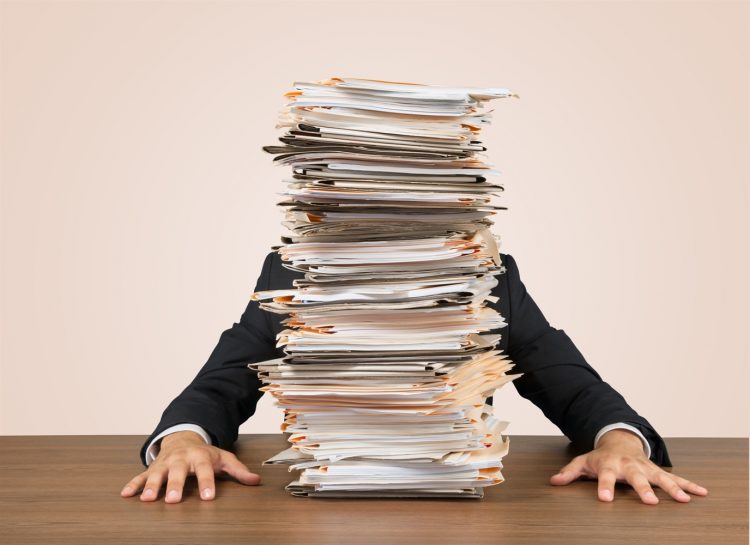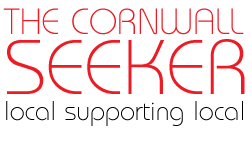No products in the cart.
Organizing Your Taxes
Organizing your taxes can red uce a lot of stress that leads to procrastination when tax time comes! How you organize your taxes will have a lot to do with where you are in your life and how detailed or extensive your taxes are.
uce a lot of stress that leads to procrastination when tax time comes! How you organize your taxes will have a lot to do with where you are in your life and how detailed or extensive your taxes are.
What Documents To Keep When Organizing Your Taxes – Before organizing your taxes, you need to know what to keep. When the new year comes, always plan to do your taxes ASAP. The only thing holding you back is waiting to receive all the paperwork from employers, banks, etc. Always ask the question “Did I get everything I need yet?” Instead of asking and wondering, why not make a checklist so you’ll know for sure! Your list will vary every year depending on changes in income, banking, investments, expenses, etc. You may also want to go back to the last year tax papers and see what documents you received, saved and submitted. Here is the basic:
Income – Income from jobs, investment income, alimony received, business or farming income, pension distributions, rental property income , unemployment income, social security benefits, income from sales of property, miscellaneous income.
Adjustments – CRA contributions, student loan interest, medical savings account contributions, moving expenses, self-employed health insurance, other self-employed pension plans, alimony paid, educator expenses.
Itemized Deductions – Childcare expenses, interest you paid – mortgage, etc., charitable donations, casualty and theft losses, job expenses, other miscellaneous tax deductions, medical and dental expenses, provincial taxes and local income taxes real estate taxes personal property taxes.
Where To Store Your Tax Documents as You Receive Them – For most of us, a shoe box or folder is about all we need to organize the handful of tax documents we receive for the year. But if you have a lot of deductions or also run a business, you’re going to need to do a little more organizing for sanity sake when tax time comes. Be sure to keep any business related papers in their own filing system. The main goal here is to keep it as simple as possible so that you’ll use it, but detailed enough to make the task of preparing taxes much easier.
The Single File Tax Folder – Place all your tax documents in this folder when you receive them so they’ll be ready when you prepare your taxes. No sorting required. This will only work if you have no more than about a dozen documents you expect to work with. Your tax forms or tax software will guide you as to what you need to pull out next. When you get to the end of your tax forms, you should not have any documents left in the folder. If you do, you need to double check where that document belongs in your calculations.






